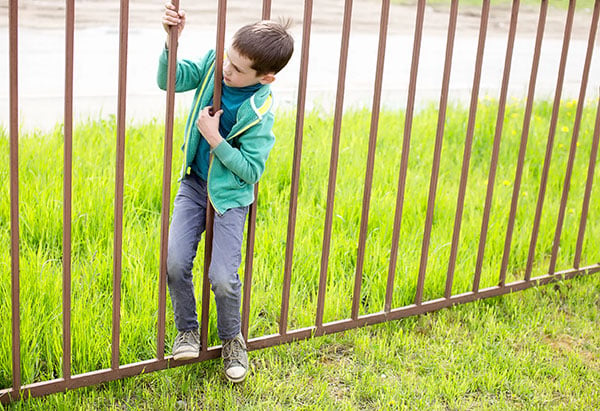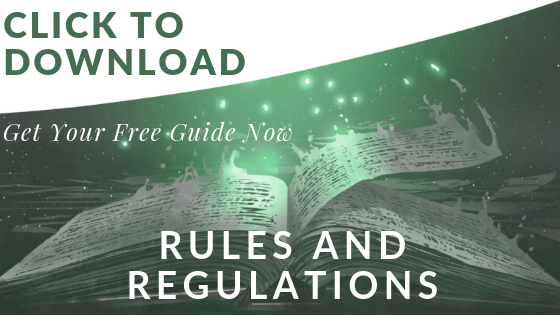Various legal jurisdictions spell out clear guidelines on what amounts to trespass. In this case, trespass involves intruding in owners units (Condo Association) or homes/property (HOA) without their consent. Individuals responsible for this type of illegal intrusion are generally liable for a criminal offense that is punishable by law, though the punishments and legal definition often vary by state. However, living in a Community Association can mean allowing certain types of trespass in specific circumstances.
It's important that as a board member, committee member or volunteer that you know which situations may be permissible to enter someone else's property and when it is not. Owners should also be made aware as clearly as possible when someone might be on their property or in their homes and for what reason. **Please note that the following situations are only some common exceptions that we have seen in the past, this does not constitute legal advice and we strongly suggest these scenarios be addressed with your community attorney so that they are able to provide the most accurate local and state information regarding trespassing laws.
1. Emergencies
Under normal circumstances, members of the HOA board are obliged to furnish a homeowner with written notice before entering the property, but during emergency situations it may be permissible to enter another owners home or property to help mitigate further property damage and possible injury to the homeowner. Fire, gas leaks, and even some water leaks may be enough of an emergency or pose enough of a threat to the community that they may justify the entry.
Often these situations require professionals to handle, and in any instance where you or another owner might be in danger, we urge you to call the proper authorities prior to attempting to enter another owners dwelling. Check your community's governing documents to determine if the HOA has any authority to enter and when it is appropriate. You may also want to consult with your board attorney if there are no clear guidelines for this type of entry.
2. Repairs
Maintenance or necessary repairs may also be cause for entering another owners property. From blocked sewers to roofing repairs your members may need to access the home without the owner's prior consent. As we've previously discussed, if the repairs are not emergency in nature, most associations require a 3 day notice prior to entry, but these guidelines should be clearly defined in your community governing documents. In instances where an owner denies the board or it's contractors access to a unit, you may need to work with the owner to determine the best course of action so that repairs can be made with as little disruption to the owners as possible.
3. Violation Remedy
There may be occasions where a board is seeking to enter a private property in order to remedy or correct a covenant violation. These types of requests can range anywhere from having someone mow another owners lawn or removal of inappropriate signage. These cases can be very tricky as they often involve uncooperative owners who are aware of the violation but refuse to comply, though it is also possible that the owners have other extenuating circumstances so any board seeking to enter the violators property should consider all possible reasons for non-compliance.
We advise all associations to seek a court order before entering onto another's property to cure any violation. This should take place after all other options have been exhausted, including having the board attorney send a letter requiring the owner take immediate action. The letter should clearly denote a reasonable time frame for the violation to be remedied and the letter should be sent certified to ensure it is delivered correctly. In these hopefully rare cases, after the time has elapsed, it may be necessary to get a court order. The court order will provide that if the owner does not comply within a certain number of days, the association can enter onto the property, correct the violations and charge the owner the costs of the correction.
Check Governing Documents Thoroughly
In all of the cases outlined above, the common theme is that the entry be absolutely necessary so as not to violate any laws but if your community has not experienced any of these issues it's a good idea to check and ensure that the CC&R's or Bylaws address trespass so that owners and future board members know what to expect. Try to locate specifically where in your governing documents it gives you the authority to go onto someone else's property or into their home or where it could potentially address the need to access common elements that may be accessible only through an owners home.
We have some amazing and detailed content on understanding your governing documents for both owners and board members. Please check out our blog series on the topic for more information. Understanding the Governing Documents.
When Owners Trespass
Occasionally the association may need to address owners trespassing on either community property or another owners property. These situations need to be dealt with immediately by the board to inhibit any potential for neighbor disagreements and resulting strife. It is usually suggested that you cover situations like this in your CC&R's specifically so that they can be classified as "Violations" of a bylaw or covenant and then be dealt with in the same manner as other violations. In most cases it is recommended that you reserve "trespassing" to non-residents who may be illegally using your communal spaces. This can also extend to undisclosed tenants that violate the communities guidelines for leasing. By clearly communicating with owners about their responsibilities and rights you can avoid any issues of non-compliance and ensure your community is as harmonious as possible.
The community association, it's rules and regulations, and the board play a critical role in ensuring every member of the community respects other people's boundaries. We know that it can be difficult to enforce the communities guidelines if the owners are not involved so be open to feedback from your community on how to better promote these boundaries and ensure they are enforced. HOA trespassing rules create a framework that ensures all stakeholders respect other people's homes without the need to interfere with each other's right to privacy.


